Guide To The Symptoms Of Ringworm
A skin infection caused by the colonization of a variation of Trichophyton and other specific fungi is called ringworm. Ringworm infections are contagious and can be spread from one individual to another through direct contact and sharing the same objects. Ringworm can also be spread from animals to humans. Ringworm can develop at any age, but it occurs most often in children. Ringworm is also more likely to occur in individuals who live in warm and moist climates. This condition has a reputation for being contracted from swimming pools, locker rooms, and showers.
Individuals can prevent ringworm by washing their hands, wearing sandals in the locker room, and thoroughly drying between their toes. Treating ringworm means cutting fingernails short and keeping them clean. Individuals will need to shower after exercise and change their socks and underwear daily. However, ringworm treatment often also requires antifungal creams, antifungal shampoo, and even oral medications.
Ring-Shaped Rash
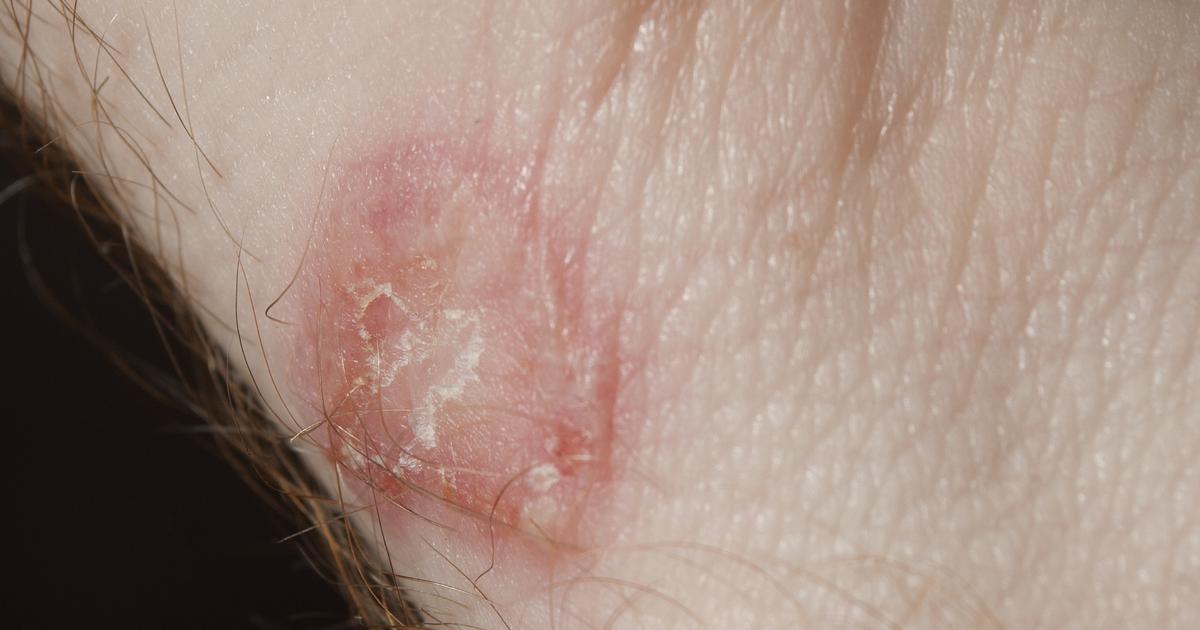
An individual who contracts ringworm can develop a ring-shaped rash. This rash is known to manifest anywhere from between four and fourteen days after the individual's skin makes its first contact with the ringworm-causing fungi. The characteristic ring-shaped rash is what gives this fungal infection its name. The notorious ring-shaped rash appears as red or pink on the skin of individuals who are fair-toned. It appears as gray or brown on those with darker skin.
This ring-shaped rash tends to become more expansive or spreads out over time, but it is known to grow slowly. The ring-shaped rash is usually flat in the center, with the ring's border being raised and scaly. When the patient is recovering from ringworm, the center of the ring-shaped rash spots will be the first to be clear of red color and abnormal textures.
Itchy Skin
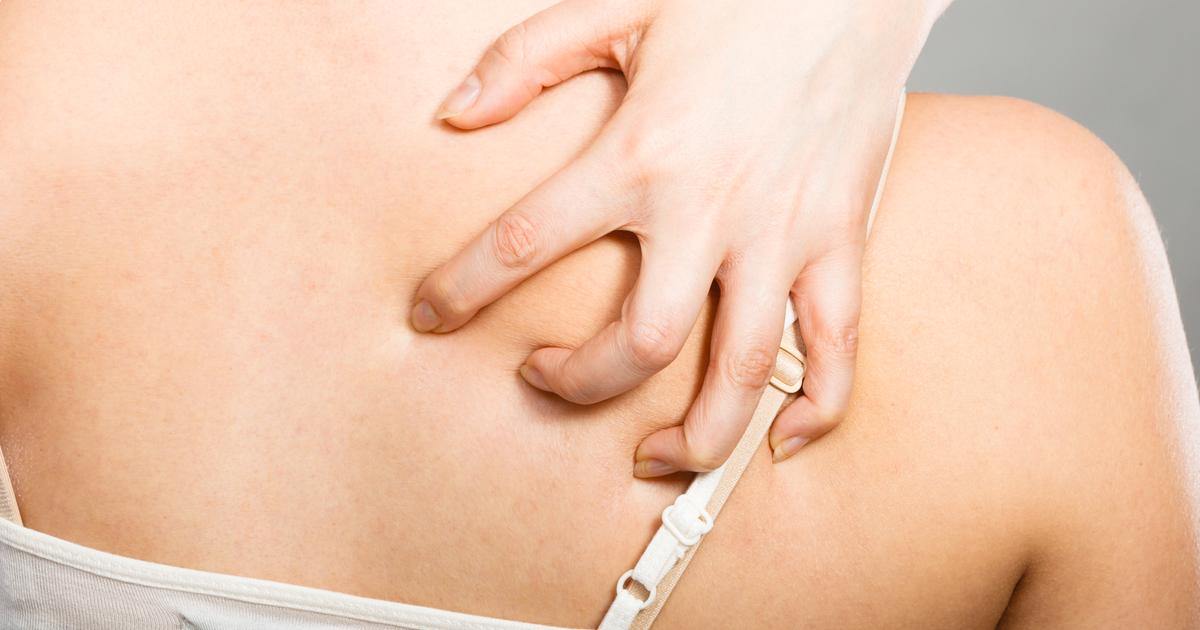
Excessively itchy skin where the infection has colonized is the most common symptom among all cases of ringworm infections. Individuals affected by ringworm of the foot, also called athlete's foot, tend to experience intense itching and burning on their soles and between their toes. Ringworm on the hands tends to cause extremely dry and hard skin patches on the hands that become itchy. Patients who develop ringworm in their finger or toenails may experience itchy skin around the nail. Individuals with jock itch, a form of ringworm that develops in the groin area, are prone to extreme itchiness of the skin in the inner thigh, buttocks, and waist where the rash is located. Patients with ringworm on the scalp and in the beard develop intense, itchy skin accompanied by hair loss in the rash's location.
Red Bumps
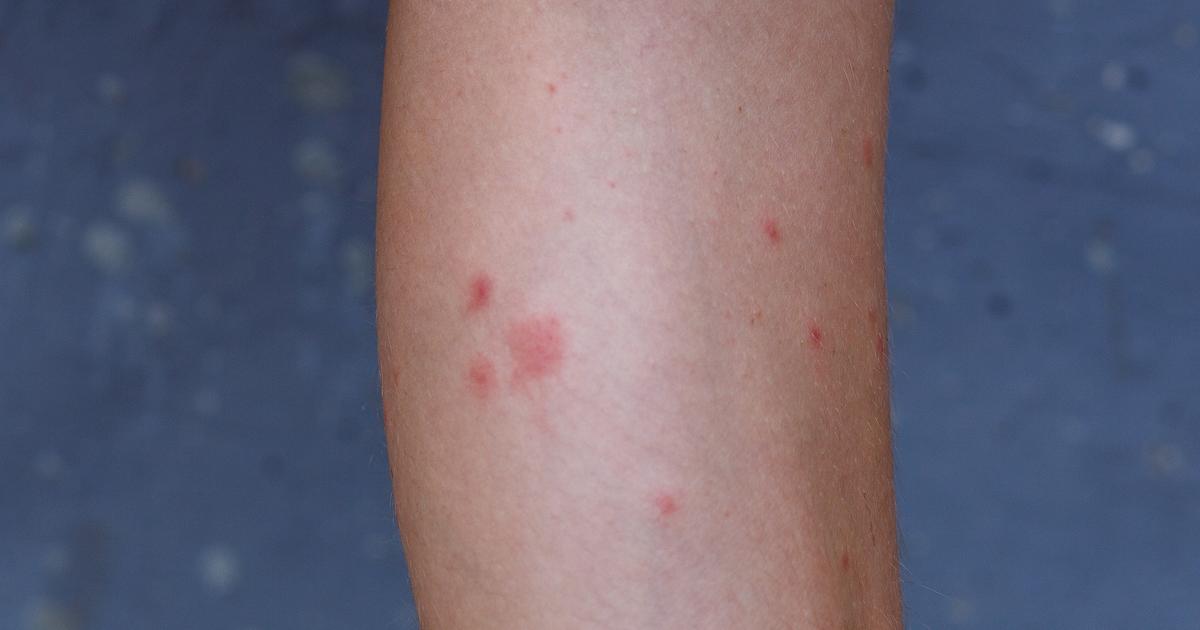
Individuals affected by ringworm that develops on the bearded areas of the neck and face may notice a rash of red bumps filled with pus. These bumps may also extend up the cheeks and down the neck. Individuals with a ringworm infection on their scalp have also reported raised, red bumps that tend to become ulcerated and develop into open sores that ooze pus. Patients with athlete's foot may develop red bumps that turn into blisters that ooze fluid and are painful. Individuals who have a ringworm infection in their groin may notice a rash containing multiple itchy red bumps that typically appear on the thigh's skin folds.
Scaly Or Cracked Skin
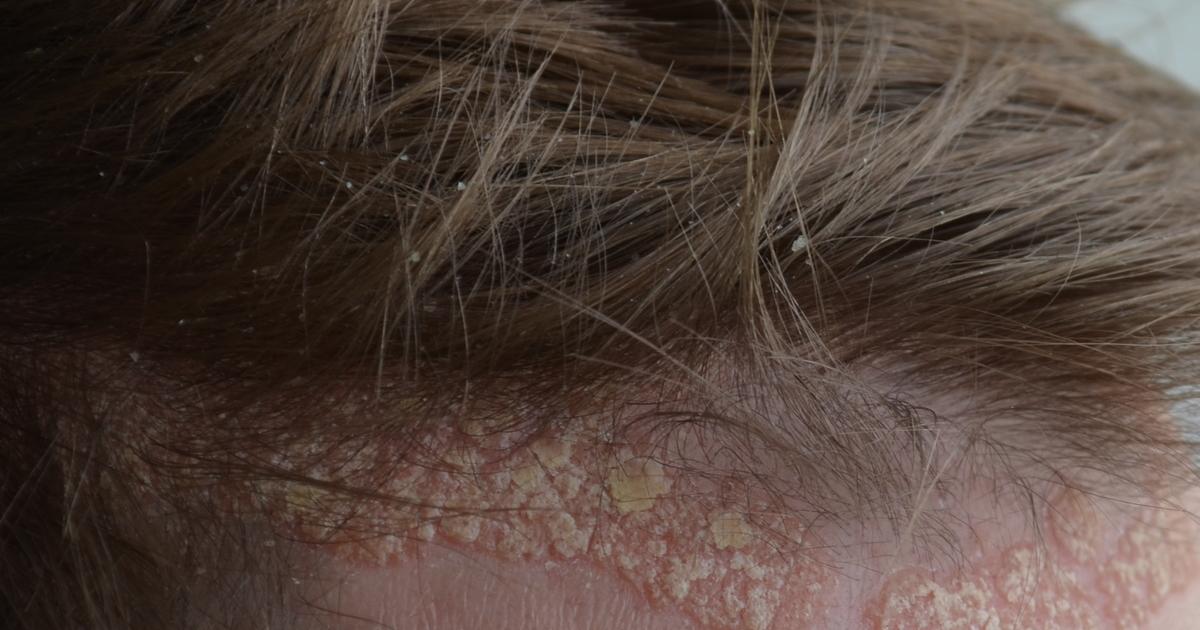
It is common for individuals with ringworm to develop scaly or cracked skin. Ringworm infections that affect the feet are notorious for producing scaly and cracked skin between the toes and on the soles of the feet. As the infection progresses, the scaly and cracked skin may exhibit a foul odor and begin to peel off. Individuals who contract a ringworm infection in their hands are known to exhibit deep cracks in and excessive scaling of the skin. The scaly skin in these patients can become excessively thick and dry, which can cause it to peel.
Individuals affected by jock itch will develop an itchy rash with a scaly texture that may peel, crack, and flake as the rash spreads and the skin becomes excessively dry. Scaly patches of skin are commonly seen in individuals with a ringworm infection that develops on their scalp. These scaly patches on the scalp can become thick and crusty.
Hair Loss In Affected Area
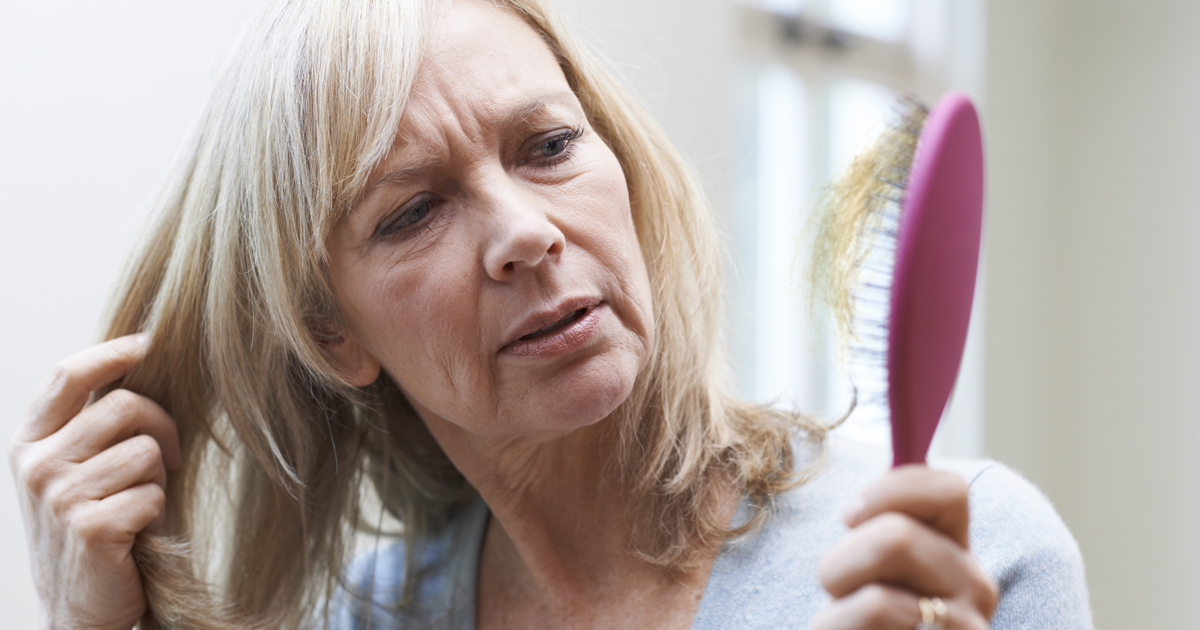
Individuals affected by certain types of ringworm in areas where hair follicles are located may experience hair loss. A common form of ringworm that occurs on the scalp is referred to as tinea capitis. This form of ringworm usually starts as a small bald spot that becomes itchy, red, and scaly. The bald spot then grows in size and progresses into multiple round spots that also produce shedding of the hair on the scalp.
Hair loss is common in children because tinea capitis is the most common form of ringworm to develop in children. Bald spots on the scalp that occur because of ringworm are usually not permanent. Other areas with hair, like the groin and chin, can experience hair loss when a ringworm infection is developing. As ringworm infections around the chin can be particularly severe and affect a large area, hair loss is often seen with this type of ringworm infection.
Thick Or Discolored Nails
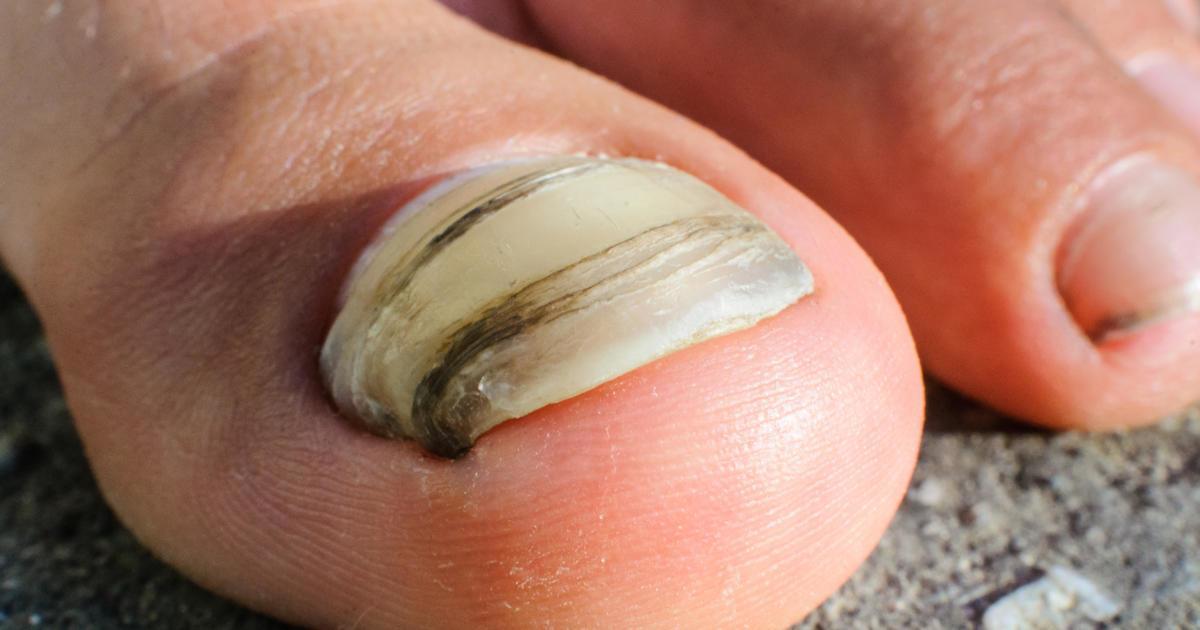
Ringworm can also infect an individual's fingernails or toenails. In fact, reports indicate that ringworm of the nail is the most common type of fungal infection that affects the nails. One of the symptoms that appear in ringworm of the nail is patients developing thickened or discolored nails. Thickened nails, of course, are simply nails that are thicker than they should be. Nail discoloration can vary from patient to patient. However, the most common colors that appear in ringworm of the nail with this symptom are green, white, and yellow. Yellow develops the most out of these three.
Cracked Or Crumbling Nails
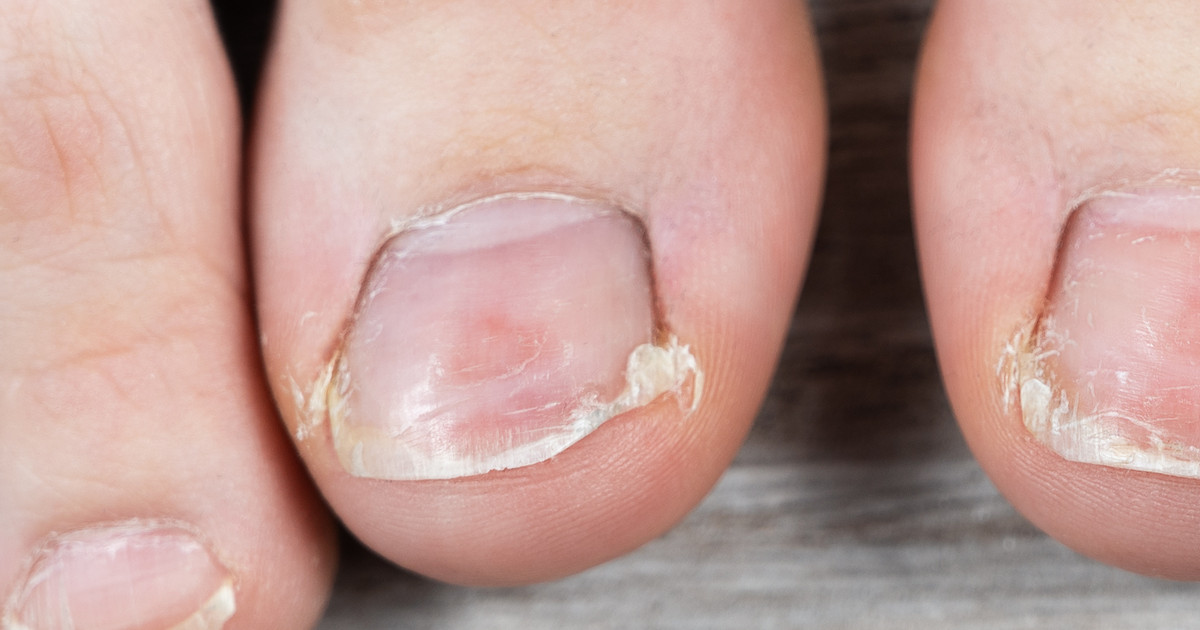
When ringworm affects an individual's nails, they will also often deal with cracked or crumbling nails. In most cases, this starts as brittle nails or flaking. It is as the patient's condition progresses that the crumbling and cracks are quite noticeable. This often means that individuals cannot grow long nails, since the ends will crumble away. Thus, patients will have short nails as well. They may also want to continue trimming their nails to a short length when they are receiving treatment. This should make it easier for them to keep their nails clean and to apply any topical treatments more effectively.
Foul Odor
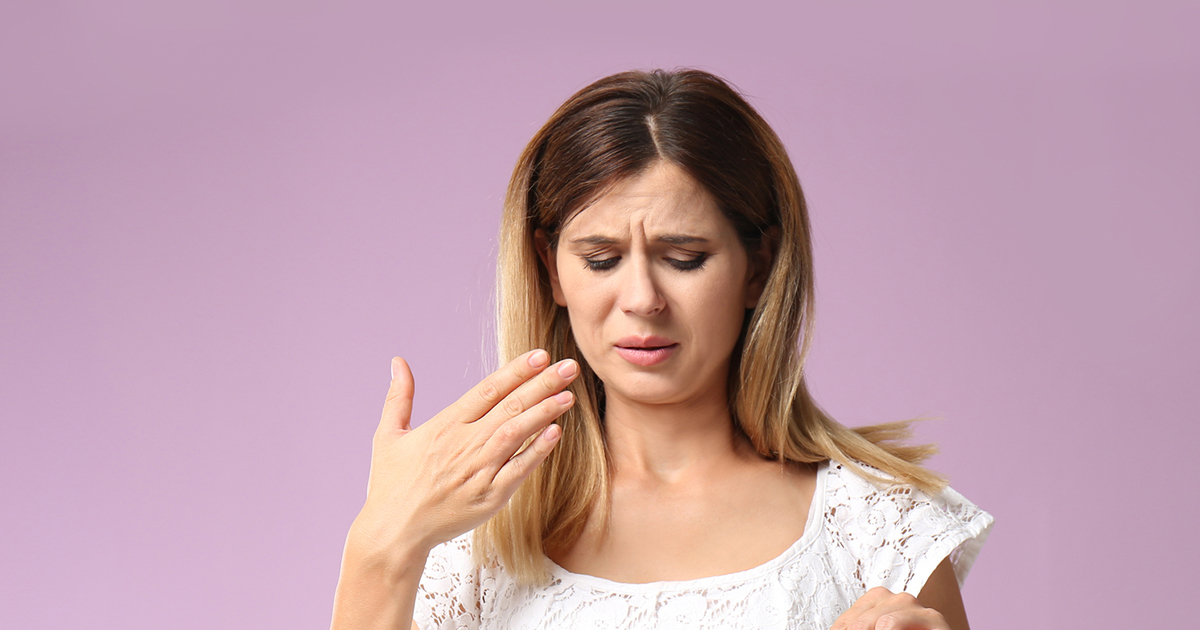
Many forms of ringworm will cause individuals to smell a foul odor. In the case of athlete's foot, the foul odor often comes from between their toes. Tinea cruris, which is the form of ringworm also called jock itch, means that the foul odor will stem from the individual's groin region. Patients who have ringworm of the nail will smell the foul odor around their infected nails. Some individuals also claim to have dealt with this symptom with ringworm that affects other parts of their skin. Many patients describe the foul odor associated with ringworm as having a yeast-like smell to it. Of course, the smell is more intense, which contributes to its unpleasant nature.
Peeling Skin
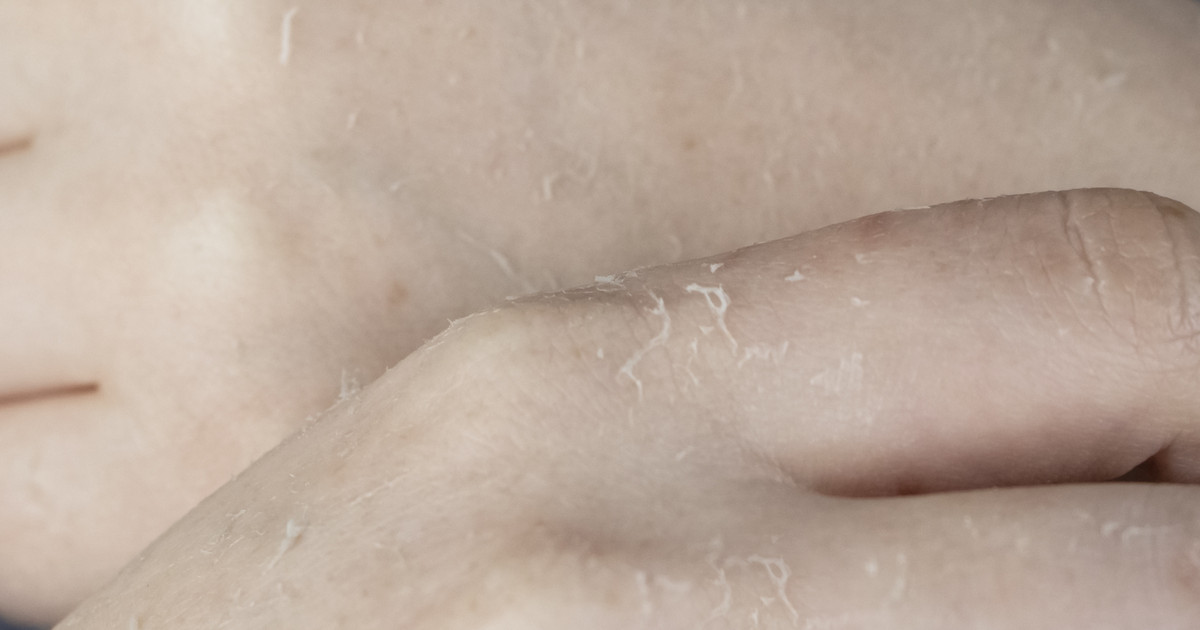
Many individuals dealing with ringworm will experience peeling skin. This occurs with many forms of ringworm, including when it affects the scalp, feet, groin, and skin. Although the skin does not often peel with ringworm of the nail, patients with that form often experience brittle and peeling nails. Patients with tinea corporis, which is also called ringworm of the body, will often have peeling skin in the same locations as the ring-shaped rashes on their skin. In some instances, patients cause the skin to peel if they scratch the rash excessively. Some individuals will see some skin peeling during the healing process as well, though this will clear up fairly fast.
Disappearing Nails

Some individuals who have ringworm of the nails will deal with disappearing nails as a symptom of their condition. However, it is worth noting that this is not the first symptom they will see. In the beginning, they will experience previously discussed symptoms, such as thickened nails, crumbling nails, and cracked nails. Over time, patients will start to see their nails disappear if they do not receive prompt and effective treatment for ringworm of the nail. Unfortunately, there is no set timeline for an individual's nails to start disappearing with ringworm. Thankfully, treatment can help stop the progress, and patients should experience complete nail regrowth.
